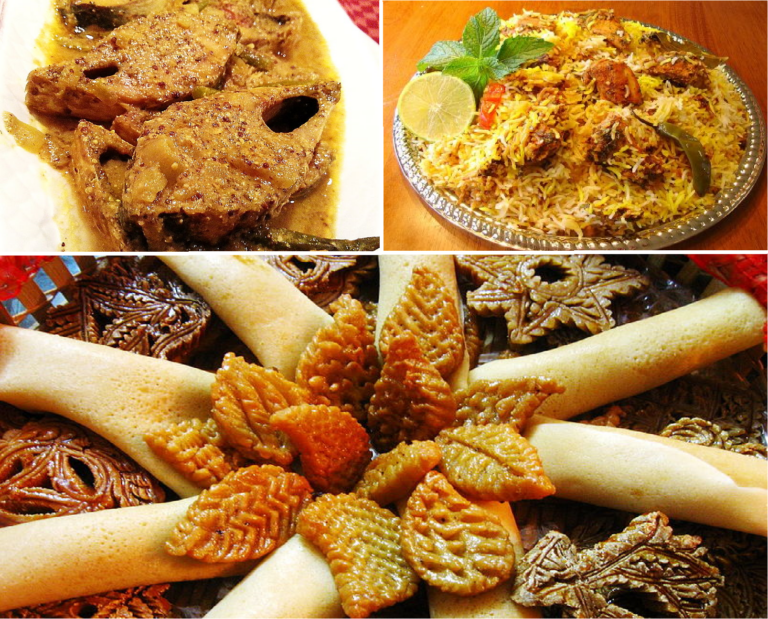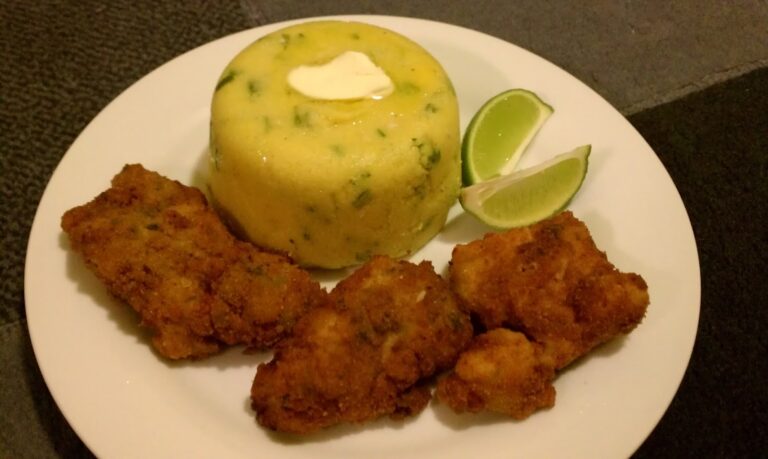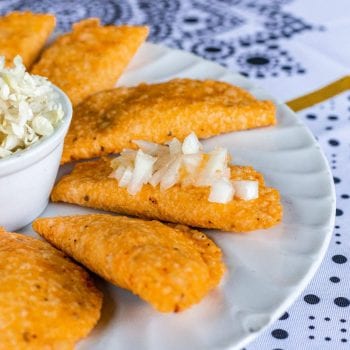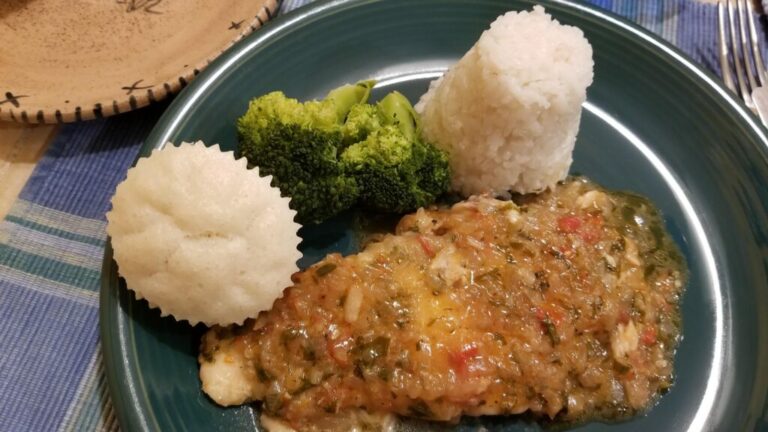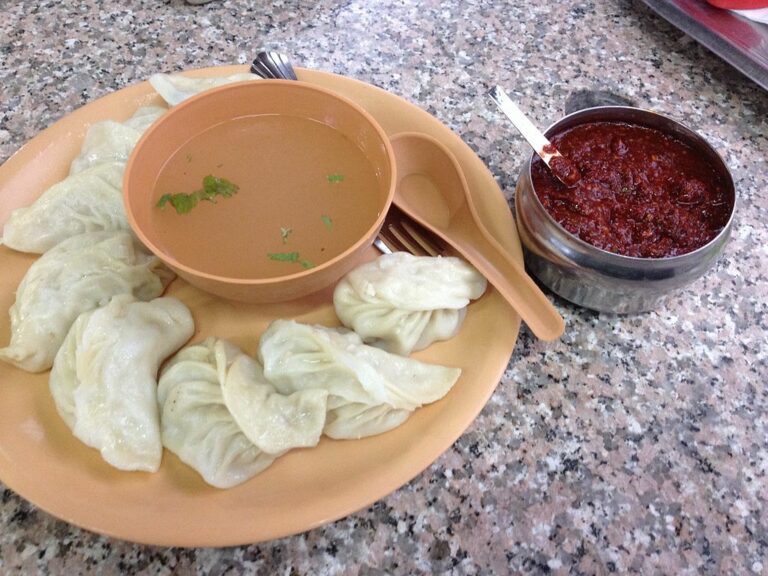Introduction: Traditional Bangladeshi Cuisine
Bangladesh is a land of diverse culture and traditions. The country is known for its rich history, heritage, and cuisine. Traditional Bangladeshi cuisine is a blend of various flavors and spices, and it has a unique taste that cannot be found anywhere else in the world. Bangladeshi cuisine is famous for its use of spices, herbs, and vegetables, which make the dishes healthy and flavorful.
The Culture of Soup in Bangladesh
Soup is an integral part of Bangladeshi cuisine. In Bangladesh, soup is not only considered a food but also a remedy for various ailments. Soup is used to heal common colds, coughs, and fever. The culture of soup in Bangladesh dates back to ancient times. It is believed that soups were used in the Mughal era to soothe the ailing emperors.
Top 4 Traditional Bangladeshi Soups
Bangladesh has a vast variety of soups that are an essential part of its cuisine. Here are the top 4 traditional Bangladeshi soups:
Shorba: A Popular Bangladeshi Soup
Shorba is a popular Bangladeshi soup made from lentils, vegetables, and spices. It is usually served with rice or bread. Shorba has a thick consistency and is rich in flavor. It is a healthy soup that is good for the digestive system.
Murgir Jhol: Traditional Chicken Soup
Murgir Jhol is a traditional Bangladeshi chicken soup that is made with chicken, vegetables, and spices. It is a light soup that is easy to digest. Murgir Jhol is a popular soup that is served at weddings and special occasions.
Tomato Soup: A Tangy Delight
Tomato soup is a tangy and delicious soup that is made with fresh tomatoes, herbs, and spices. It is a light soup that is perfect for a cold winter day. Tomato soup is a healthy soup that is rich in antioxidants and vitamins.
Shobji Diye Macher Jhol: Fish Stew with Vegetables
Shobji Diye Macher Jhol is a fish stew with vegetables that is a popular Bangladeshi soup. It is made with fish, vegetables, and spices. It is a light and healthy soup that is perfect for a summer day.
How to Make Traditional Bangladeshi Soup?
Making traditional Bangladeshi soup is easy and simple. The key is to use fresh ingredients and spices. Here is a simple recipe for making traditional Bangladeshi soup:
Ingredients:
- Lentils
- Chicken or fish
- Tomatoes
- Vegetables (carrots, onions, potatoes, etc.)
- Spices (cumin, coriander, turmeric, etc.)
Instructions:
- Rinse the lentils and soak them in water for an hour.
- In a pot, add the lentils, chicken or fish, tomatoes, and vegetables.
- Add water and spices to the pot.
- Cook on medium heat until the lentils and vegetables are soft.
- Serve hot with rice or bread.
Health Benefits of Traditional Bangladeshi Soups
Traditional Bangladeshi soups are healthy and nutritious. They are rich in vitamins, minerals, and antioxidants. Soups are also easy to digest, making them a perfect food for people with digestive problems. Traditional Bangladeshi soups are also low in calories and fat, making them an excellent food for people who are trying to lose weight.
Conclusion: Traditional Bangladeshi Soups – A Delightful Experience
Traditional Bangladeshi soups are a delightful experience for people who love flavorful and healthy food. These soups are not only delicious but also rich in nutrients and vitamins. The culture of soup in Bangladesh has been passed down from generation to generation, and it continues to be an essential part of Bangladeshi cuisine. If you haven’t tried traditional Bangladeshi soups yet, you are missing out on a unique culinary experience.

